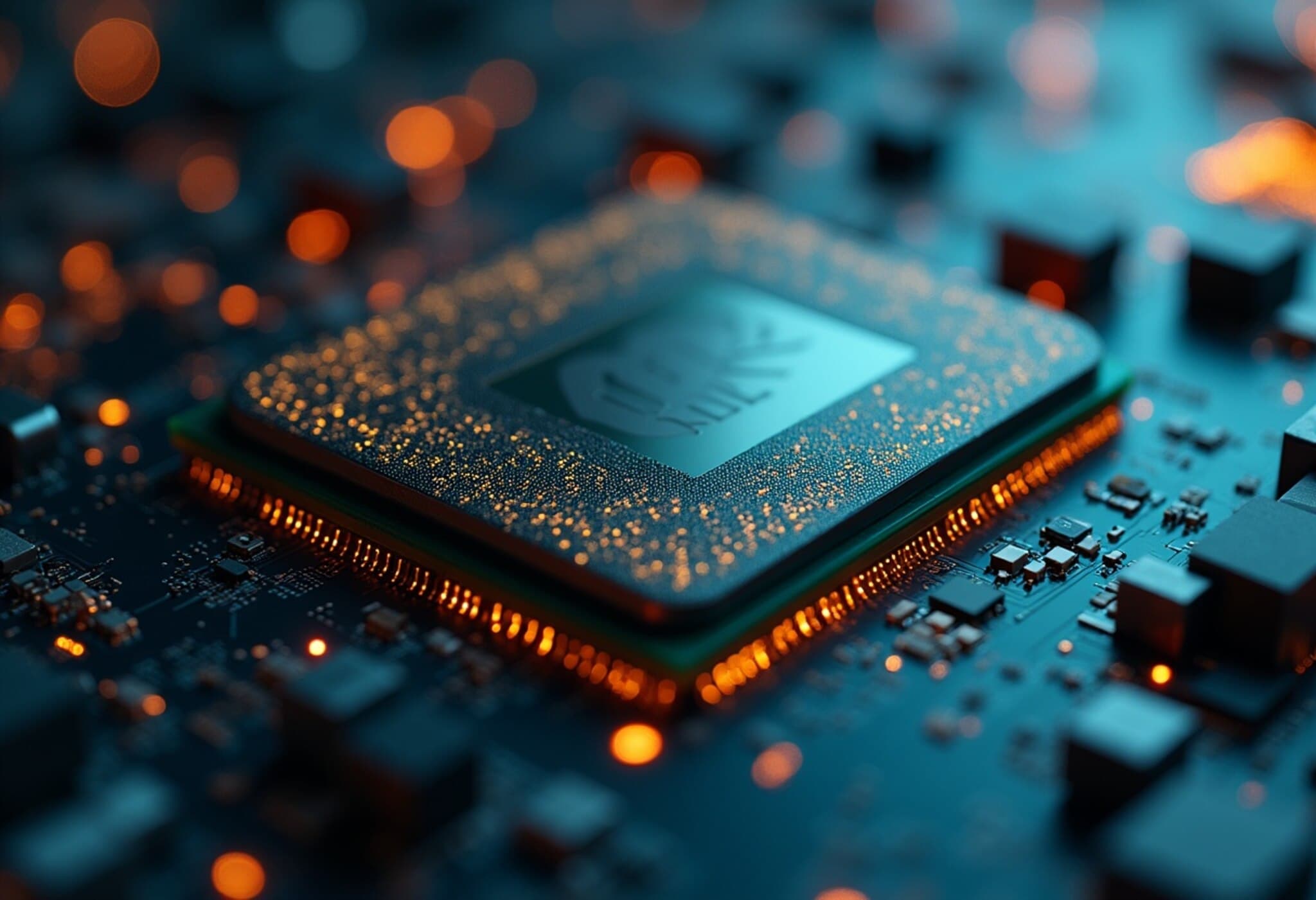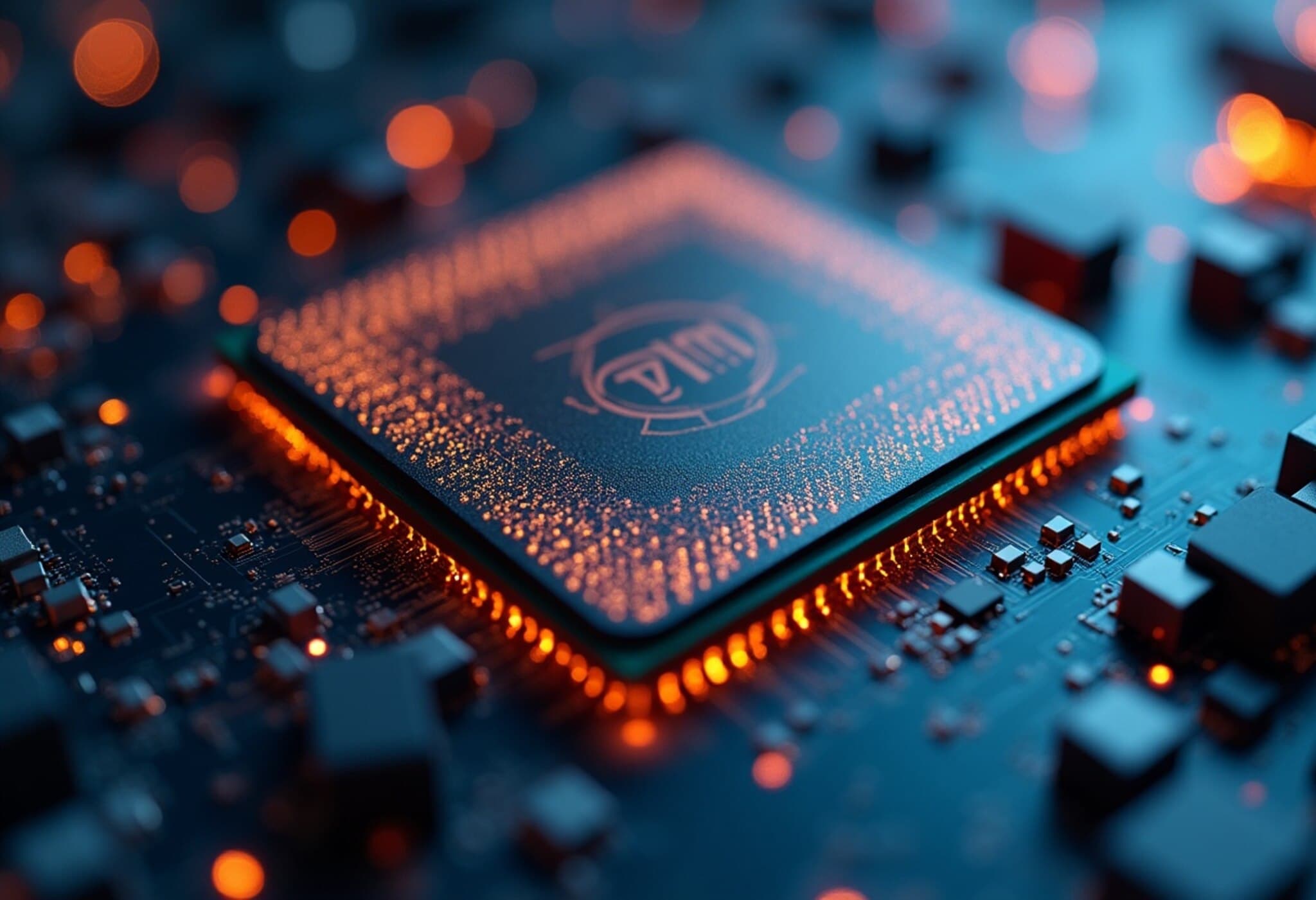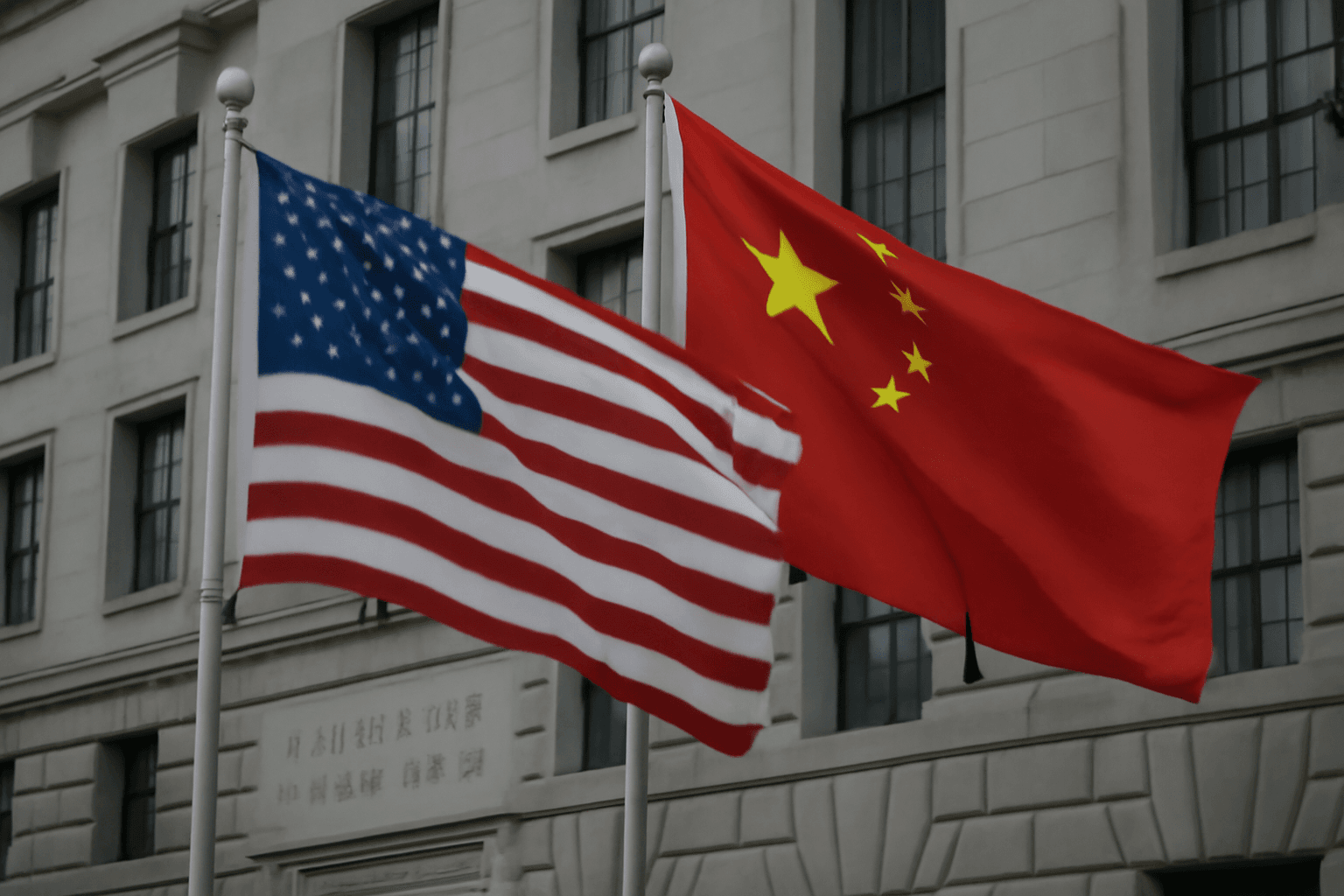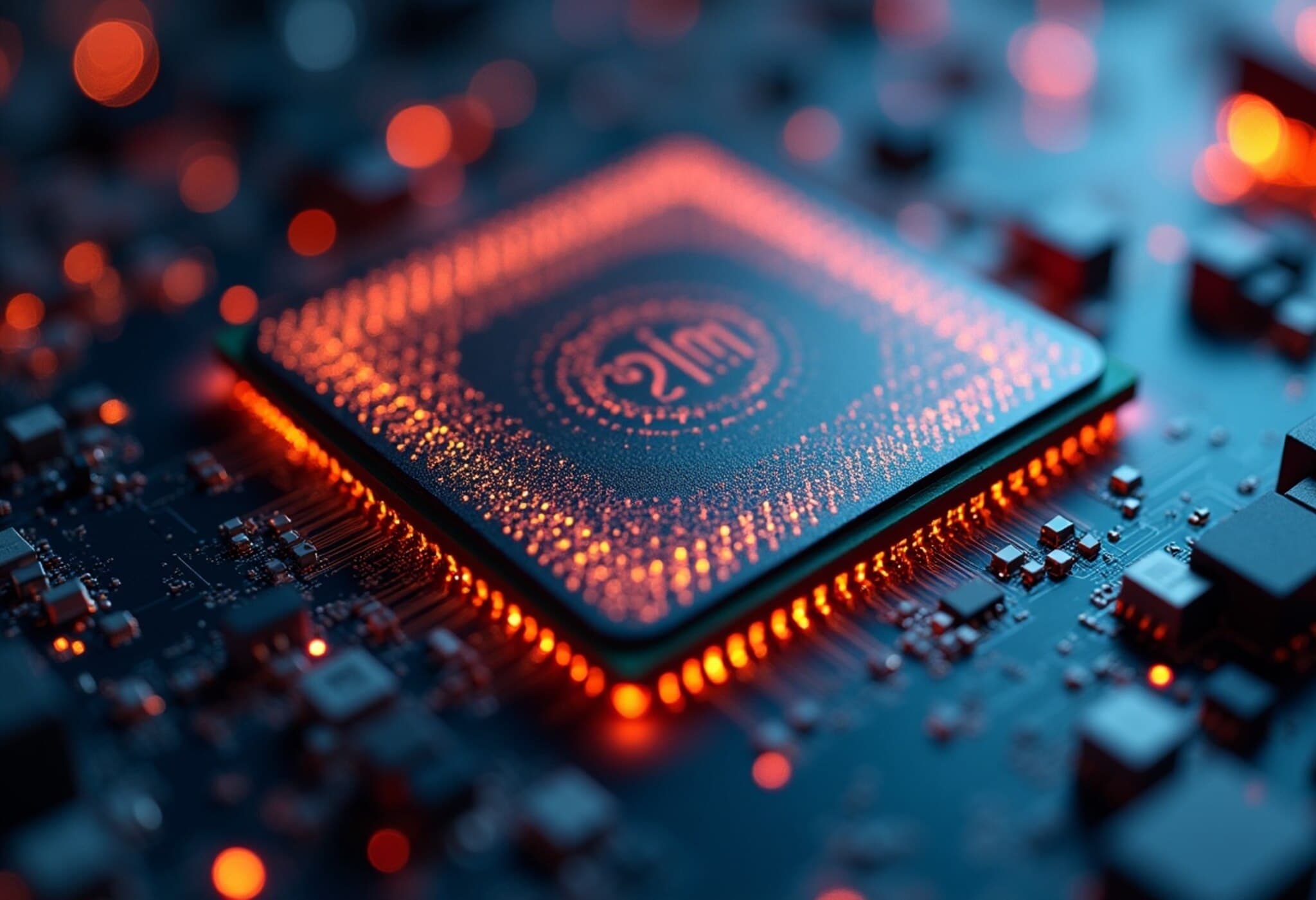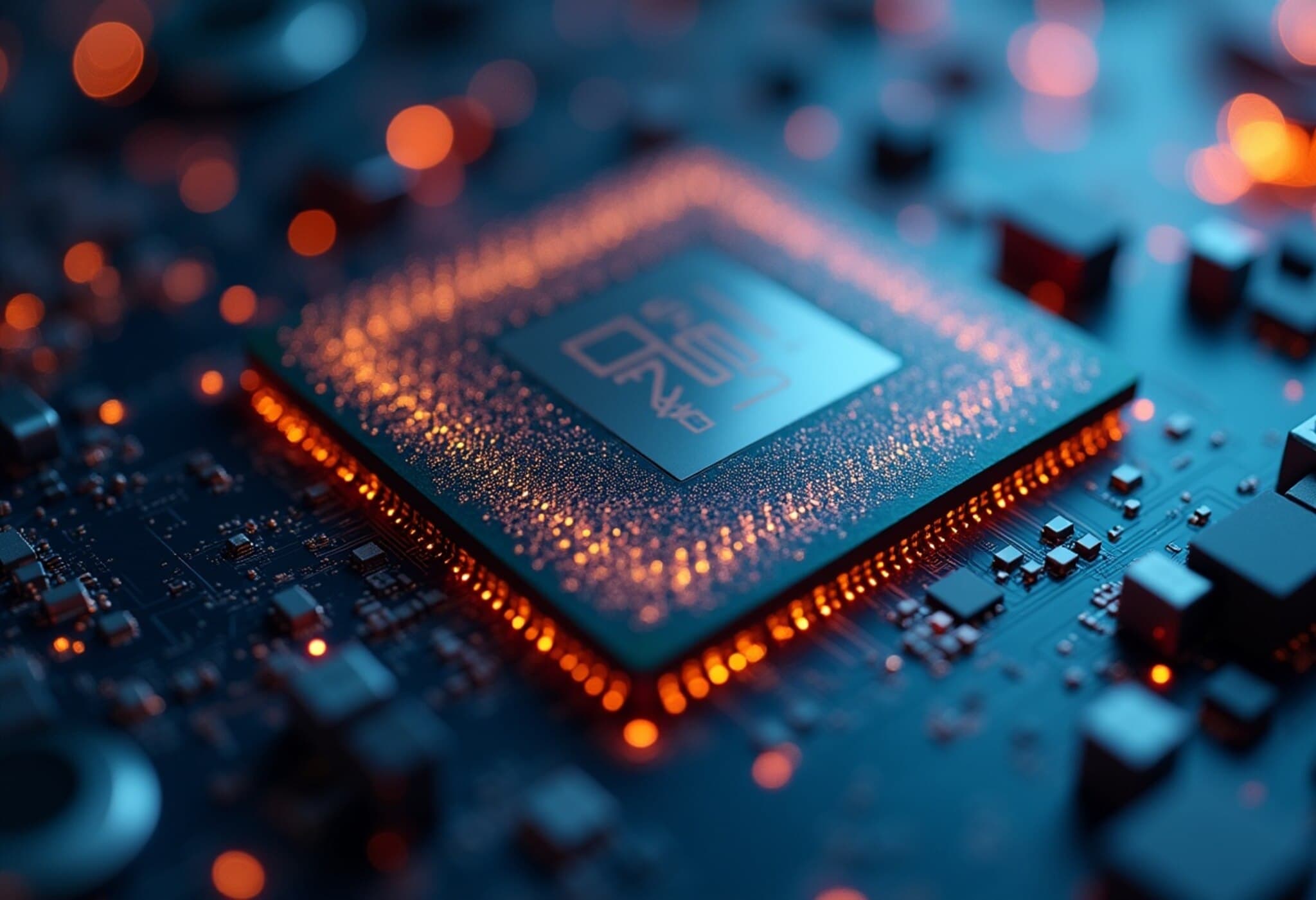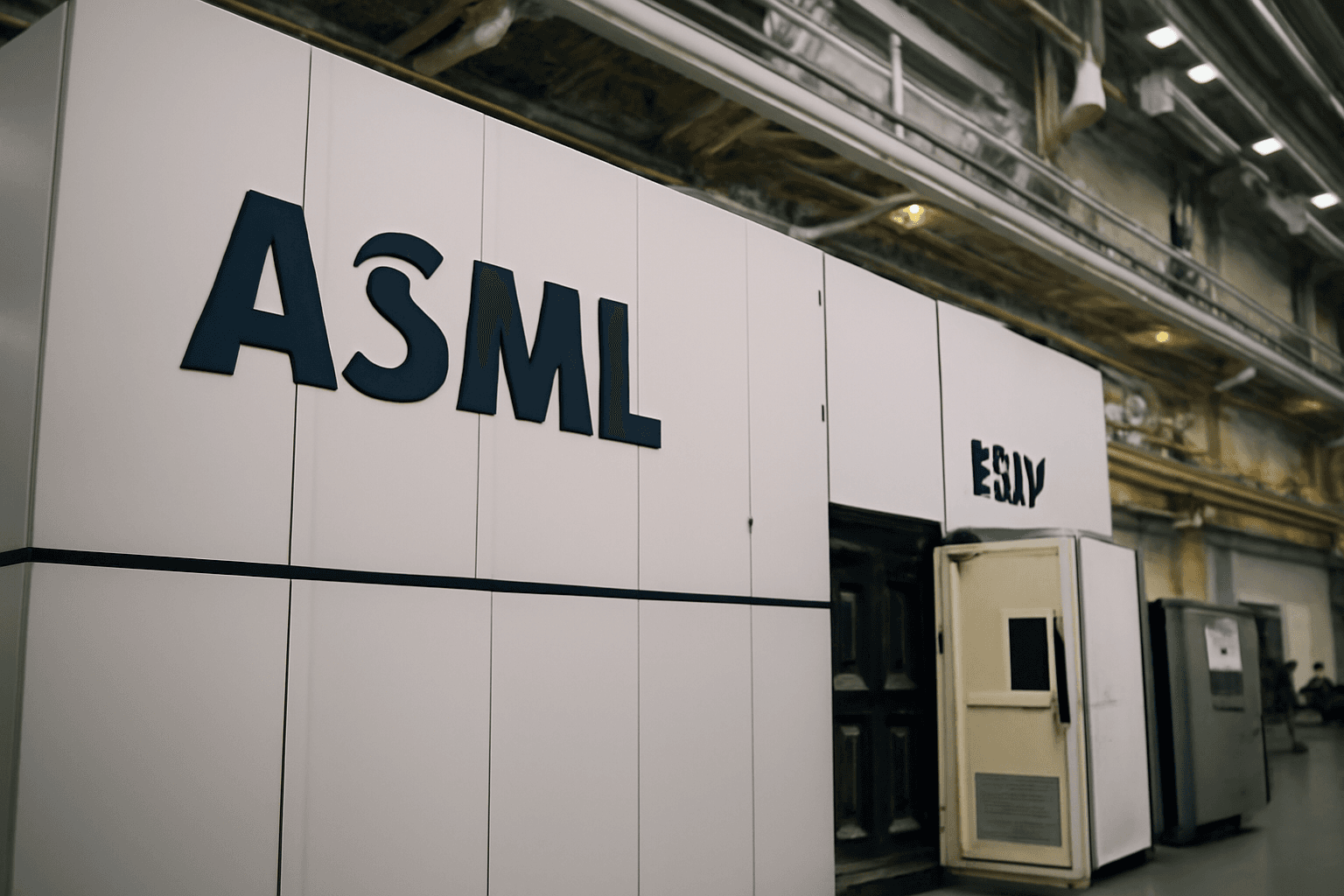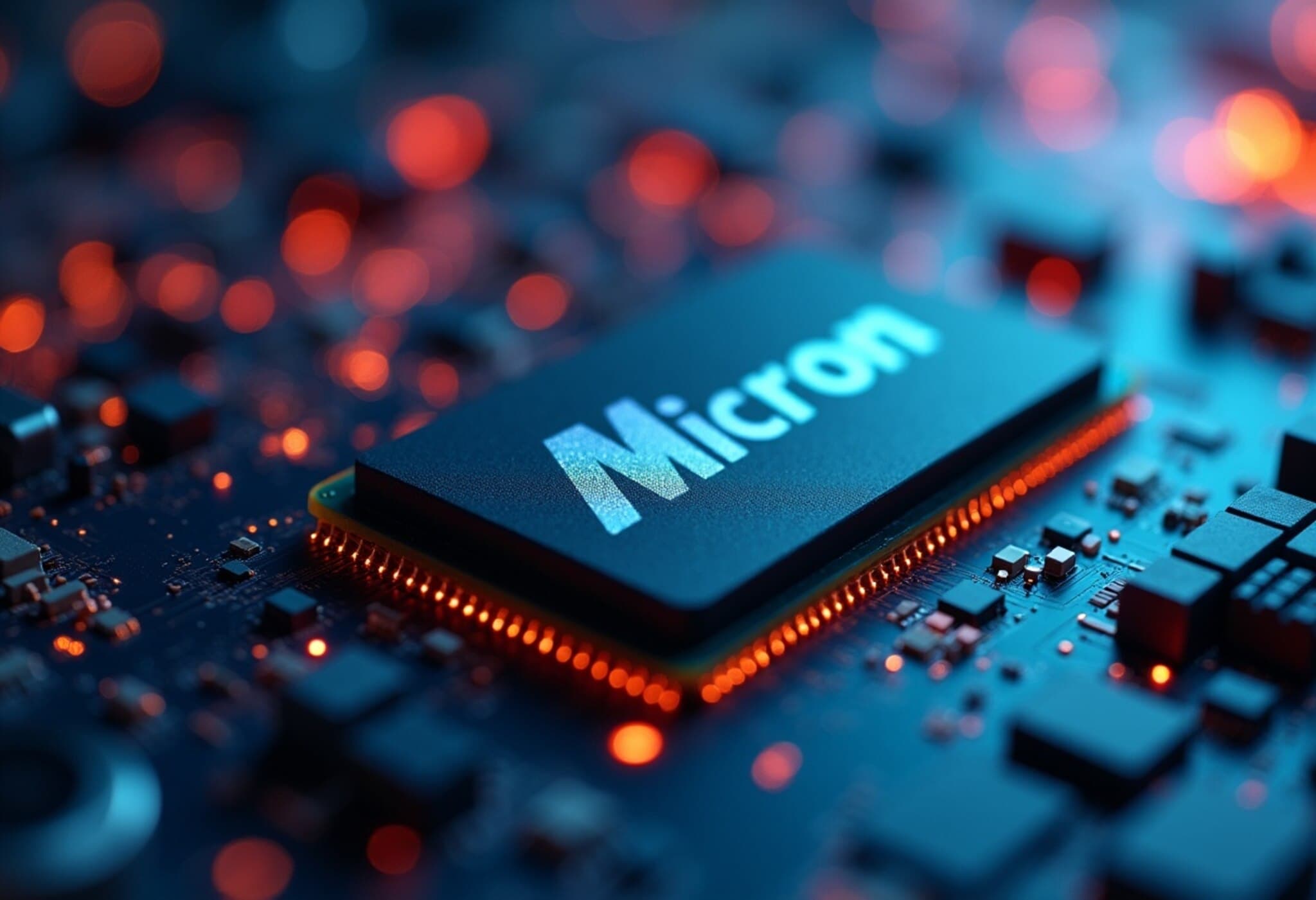Arm’s Stock Slides on Cautious Profit Guidance and Strategic Shift
Shares of semiconductor design giant Arm Holdings plunged sharply by 12% on Thursday following the company’s announcement of a conservative earnings forecast for its fiscal second quarter. The muted guidance has raised eyebrows among investors and analysts, spotlighting uncertainties about Arm’s evolving business model as it ventures beyond its core chip architecture licensing.
Second-Quarter Earnings Forecast Falls Short of Expectations
Arm reported adjusted earnings per share (EPS) guidance between 29 cents and 37 cents for the upcoming quarter. While this range overlaps with Wall Street’s estimate of 35 cents, it signals a cautious stance. Additionally, the company projected revenue between $1.01 billion and $1.11 billion, broadly in line with consensus estimates of $1.05 billion.
To put this in context, Arm’s most recent fiscal quarter posted an adjusted EPS of 35 cents on $1.05 billion revenue, marginally below analysts’ revenue forecasts of $1.06 billion. The tempered outlook signals Arm may face headwinds amid shifting market dynamics and competitive pressures.
CEO Rene Haas Signals a Bold New Direction: Designing Own Chips
Perhaps the most striking revelation came from Arm CEO Rene Haas, who disclosed that the company is exploring the viability of moving beyond its traditional role as an intellectual property licensor to developing its own processors and chip subsystems. This marks a significant strategic pivot for a company long known for powering devices globally by licensing its chip architecture to manufacturers such as Apple and Samsung.
"We're looking now at the viability of moving beyond the current platform to additional subsystems, chiplets or possibly full solutions," Haas said, signaling a potential transformation in Arm’s business structure.
Investor and Analyst Reaction: More Questions Than Answers
The announcement left investors grappling with uncertainties. Wells Fargo analysts remarked that the disclosure "left investors with more questions than answers," reflecting concerns about how Arm’s new chip development plans might impact its financial model and market position.
Meanwhile, analysts from Needham & Company warned of a looming overhaul in Arm’s cost structure. They noted that while the company’s recent transition to selling comprehensive subsystem solutions was successful—evident from above-market royalty revenue growth—this next leap to full chip solutions involves higher risks and potentially increased expenses.
Broader Industry and Economic Implications
Arm’s shift toward creating its own chips comes at a time when the semiconductor industry grapples with supply chain disruptions, rising fabrication costs, and intensified geopolitical tensions—factors that have motivated many firms to reconsider their production strategies. For Arm, vertical integration could mean greater control over technology development but also introduces new complexities and capital investments.
From an American market perspective, such moves might influence global chip supply chains and competition with U.S.-based semiconductor firms, potentially reshaping partnerships and innovation dynamics in the sector.
Looking Ahead: Industry Watchpoints
- Will Arm’s chip development ambitions pay off? The success of this strategic pivot hinges on execution and market acceptance amid entrenched competitors.
- Financial impacts: How will the shift affect Arm’s profitability and cost structure in the near and long term?
- Innovation trajectory: Can Arm leverage its architecture expertise to deliver novel chip solutions that capture significant market share?
- Investor confidence: How will the market respond as more details about this transition emerge?
Editor’s Note
Arm Holdings, a cornerstone in global semiconductor design, is at a crossroads. Its foray into direct chip design represents a bold evolution but carries inherent uncertainties. Investors and industry watchers should closely monitor how Arm balances innovation with risk, especially as the semiconductor arena faces unprecedented challenges and opportunities. This story highlights the broader tension companies encounter when shifting from licensing models to manufacturing—a trend with profound implications for technology ecosystems worldwide.


